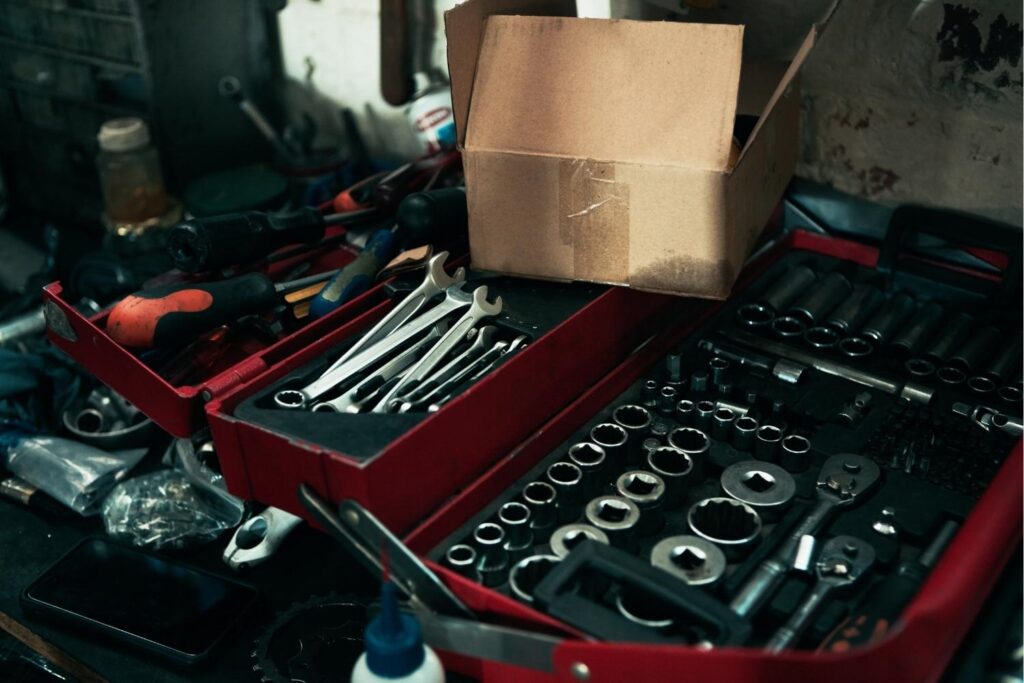As a contractor, navigating the world of tax deductions can feel as complex as a blueprint for a new building. Understanding what you can write off to maximize your returns and minimize your tax liability is essential. In this post, we’ll dive into the distinction between tools and expenses, helping you make informed decisions that can benefit your bottom line.
Understanding Deductions: Tools vs. Expenses
Not all purchases are created equal when it comes to deductions. Understanding the difference between tools and expenses is crucial for contractors.
Tools: Capital Expenditures
Tools are typically considered capital expenditures. These items you purchase have a useful life of more than one year and are essential for your business operations. Some include:
- Power Tools: Saws, drills, and other machinery.
- Heavy Equipment: Like excavators, forklifts, and trucks.
- Safety Gear: Hard hats, gloves, and protective clothing.
Writing Off Tools
When you buy tools, you generally have two options for writing them off:
- Section 179 Deduction: This lets you deduct the purchase price of qualifying software and equipment purchased or financed during the tax year. This is a great way to maximize your deductions in the year you make the purchase.
- Depreciation: You could also depreciate the cost of the tools over their useful life. This means you’ll spread the deduction over several years, which can benefit you if you want to reduce your taxable income consistently over time.
Expenses: Operating Costs
On the other hand, expenses are typically ongoing costs that are necessary for your business operations but do not result in the acquisition of a long-term asset. Common examples include:
- Fuel Costs: Gasoline for your vehicles.
- Materials: Supplies needed for specific jobs.
- Insurance: Liability and business insurance premiums.
Writing Off Expenses
Expenses are usually fully deductible in the year they are made. This means that you can write them off right away, which can provide immediate tax relief. Tracking your operating expenses is crucial to ensure you’re maximizing your deductions.
Best Practices for Deductions
To ensure you’re making the most of your deductions, consider the following best practices:
- Keep Detailed Records: Maintain records of all purchases, including receipts and invoices. This documentation is vital if you’re ever audited.
- Use Accounting Software: Implementing accounting software can help you categorize and track your tools and expenses efficiently, making tax season much smoother.
- Consult a Professional: Work with an accountant or bookkeeping service, like Nailed It Accounting, to help you navigate the nuances of tax deductions for contractors. Their expertise can ensure you’re compliant and maximizing your deductions.
Understanding the difference between tools and expenses is essential for contractors looking to optimize their tax deductions. Knowing what qualifies for deductions and maintaining meticulous records can significantly impact your bottom line. Don’t leave money on the table—take the time to understand your deductions, and let your tools work for you both on the job site and at tax time!

